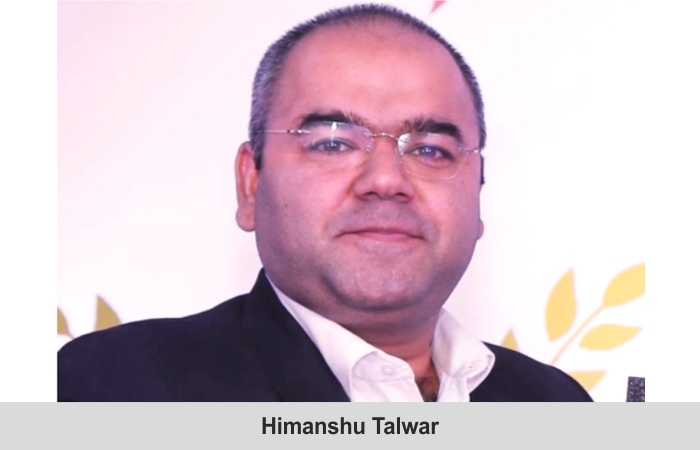Pilgrim trails of India have held huge potential since days of yore among domestic travellers. Himanshu Talwar, Assistant Secretary General, FHRAI, believes that millennials can be inspired to revisit their cultural routes as part of spiritual tourism.
India, with its diverse culture and numerous religions, is a goldmine when it comes to spiritual tourism. The avenues for spiritual tourism in the nation are wide and deep, and the tourism and hospitality sectors are putting this diversity to use. India is known for its spiritual and religion-based tourism. A lot of people from both within and outside the country go on pilgrimages throughout the year. There are tourist schemes and circuits for every religion, one among them being Sikhism.
Sikhism is a religion that emerged in the Indian subcontinent in the 15th century and is now the fourth largest religion in the country. Also, Sikhism happens to be one of the youngest of major world religions and the globe’s fifth largest organised religion. It is the world’s ninth largest overall religion as well. The core beliefs of Sikhism, which are outlined in the sacred scripture – Guru Granth Sahib – include faith and meditation in the name of one creator, engaging in selfless service, striving for justice for the benefit and prosperity of all, divine unity and equality of all humankind, and honest conduct and livelihood while living a householder’s life.
The Sikh gurus taught that by constantly remembering the divine name and through selfless service, a devotee could overcome egoism. Service in Sikhism comprises three forms – physical, mental and material. The religion emphasises on ‘honest work’ and the concept of sharing – giving to the needy for the benefit of the community. Sikh tourism is a rapidly growing category under spiritual and religion-based tourism. There are a great number of gurudwaras in India which attract high footfalls throughout the year from across the globe. The most sacred Sikh pilgrim visited sites, called ‘Takhts’, are located in various parts of the country. Sri Harmandir Sahib (Sri Akal Takht Sahib) at Amritsar, Sri Hazoor Sahib at Nanded, Sri Patna Sahib at Patna, Sri Damdama Sahib at Bhatinda, and Sri Keshgarh Sahib at Anandpur attract the maximum number of pilgrims.
Service and facilities
To specifically cater to Sikh pilgrims, the tourism and hospitality sectors have been offering a lot of services and facilities in and around gurudwaras. There are numerous tour packages available, which include facilities like booking tickets for air, rail or local transport; attendants to accompany the aged; 24×7 medical facilities; food (langar), etc., for people from all walks of life and religions.
There are several hotels around all of the famous Sikh places of worship and pilgrim sites, and hospitality industry professionals ensure that the pilgrims are offered the best of service at a reasonable cost. To further boost this avenue of Sikh tourism, both Central and state governments have taken initiatives such as development of the airports in nearby cities, upgraded the railways and road infrastructure, and increased security. Such measures have allowed Sikh pilgrims to visit all the sacred Takhts and gurudwaras which are scattered in different states across the country.
The state of Punjab has a profound cultural background and rich heritage, along with numerous Sikh places of worship, museums, natural wonders and resources. Various schemes and customised packages make things easy as well as comfortable for pilgrims while they go to the state and/or around the country visiting and worshipping different places in single or multiple trips. This has also helped in increasing the interest of tourists, resulting in the overall growth of the tourism and hospitality industry.
Overall, Sikh tourism is an extremely engaging and popular category in spiritual and religious tourism. Due to the services and facilities that are being provided with even more innovative ideas and dedicated efforts, a lot of pilgrims are more than likely to be attracted to visit the sites. With the government and hospitality industry working hand-in-hand to support the pilgrims and travellers, such initiatives are a welcome move and will surely boost Sikh tourism’s potential immensely.
 TravTalk India Online Magazine
TravTalk India Online Magazine





